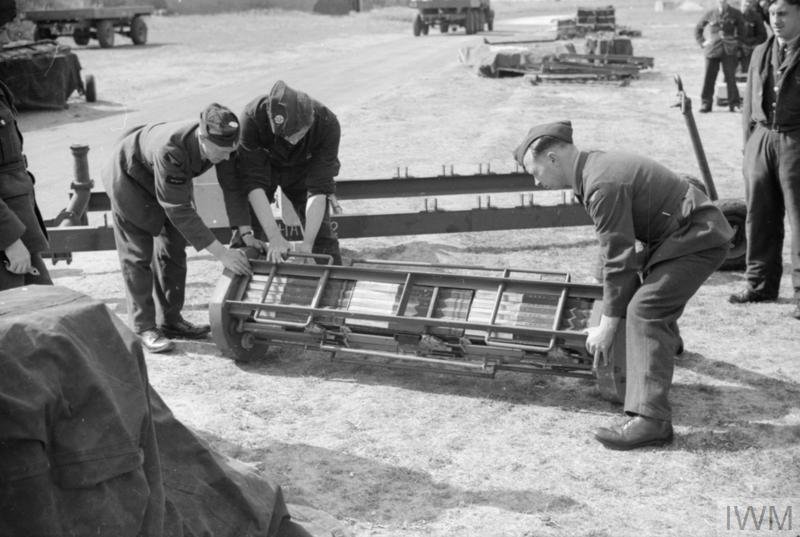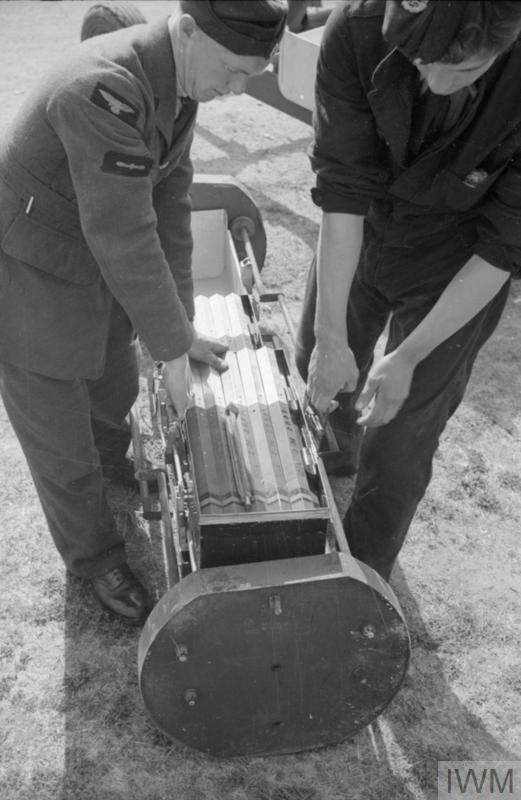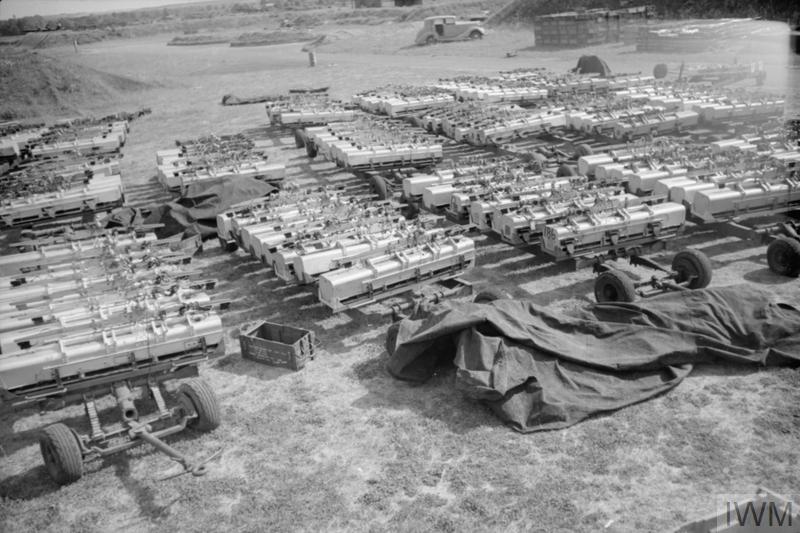33k in the air
Staff Sergeant
- 1,354
- Jan 31, 2021
While looking at the ORBs for 77 Squadron, I came across this item in the bomb load for the Whitley V on the 23/24 April 1942 mission to Rostock. Here is exactly how it is listed:
8 S.B.C. (4 x 30, 4 x 20)
My first thought is that this means four SBCs filled with 30-lb bombs and four with 20-lb bombs. This suspicion is reinforced by the listing for the 26/27 April 1942 mission, also to Rostock, which included the item:
6 S.B.C. (8/20 lbs)
I do not believe there was a 20-lb incendiary bomb used by the RAF. Presumably, then, this is referring to the 20-lb fragmentation bomb, but SBCs normally carried 12 such bombs, not 8. Was this an SBC filled to less than full capacity? Or was it indeed a 20-lb incendiary? Or perhaps that first item description means four SBCs filled with 30 x 4-lb incendiaries and four filled with 20 x 4-lb incendiaries? If so, those are uncharacteristically light loads for SBCs in use at that time.
I tried to cross-check these loads by looking at the ORBs for 51 Squadron, which also flew the Whitley V at this time, and to the same target on the same days. That first Rostock mission lists the load as including "8 containers of incendiaries", which does not help clear things up. (Indeed, it would seem to point more to a 20-lb incendiary.) The second mission doesn't help either, as it was carrying fewer SBCs that the 77 Squadron aircraft, with the description being only "2 containers of incendiaries".
So, anyone have any info that might help clear this up?
8 S.B.C. (4 x 30, 4 x 20)
My first thought is that this means four SBCs filled with 30-lb bombs and four with 20-lb bombs. This suspicion is reinforced by the listing for the 26/27 April 1942 mission, also to Rostock, which included the item:
6 S.B.C. (8/20 lbs)
I do not believe there was a 20-lb incendiary bomb used by the RAF. Presumably, then, this is referring to the 20-lb fragmentation bomb, but SBCs normally carried 12 such bombs, not 8. Was this an SBC filled to less than full capacity? Or was it indeed a 20-lb incendiary? Or perhaps that first item description means four SBCs filled with 30 x 4-lb incendiaries and four filled with 20 x 4-lb incendiaries? If so, those are uncharacteristically light loads for SBCs in use at that time.
I tried to cross-check these loads by looking at the ORBs for 51 Squadron, which also flew the Whitley V at this time, and to the same target on the same days. That first Rostock mission lists the load as including "8 containers of incendiaries", which does not help clear things up. (Indeed, it would seem to point more to a 20-lb incendiary.) The second mission doesn't help either, as it was carrying fewer SBCs that the 77 Squadron aircraft, with the description being only "2 containers of incendiaries".
So, anyone have any info that might help clear this up?



